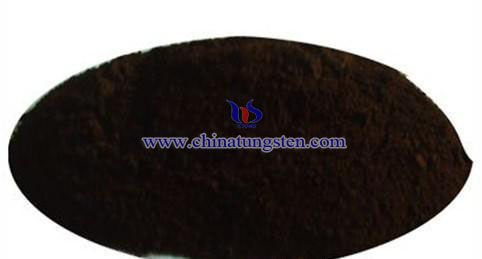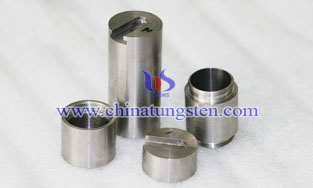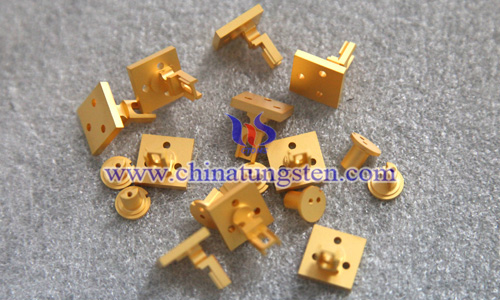Tungsten Diselenide is Expected to as Thin Flexible Solar Cells
- Details
- Category: Tungsten's News
- Published on Monday, 15 February 2016 17:42
- Hits: 786
This thin layer is thin and light, about 95% of the light can pass through it, but one-tenth of the remaining 5% of the light will be absorbed by the material, and converted into electricity. Therefore, its internal efficiency is very high. If multiple thin layers have stacks, a large part of this incident light ray can be effectively utilized ── but sometimes this high transparency may have beneficial side effects.
A analyst said, tungsten diselenide applications and touted graphene are currently just the same concept, the future of the specific application is not clear yet, it’s hard to make investment decisions. Researchers of Shanghai research unit long-term study of flexible battery also said that the tungsten diselenide thin flexible solar cell applications are forward-looking research, further away from the application.
"We can imagine the solar cell layer stack on the glass curtain, may allow some light into the building, but also to bring power available," Mueller said.
Most standard solar cells are made of silicon produced, which is not only quite cumbersome and inflexible. The organic material can be used for optoelectronic applications, but the degree of degradation is quite fast. "2D structure of a single atomic layer has a big advantage is that its crystalline properties. The crystal structure adds to stability," Mueller explained.


| Tungsten Supplier: Chinatungsten Online www.chinatungsten.com | Tel.: 86 592 5129696; Fax: 86 592 5129797;Email:sales@chinatungsten.com |
| Tungsten News & Prices, 3G Version: http://3g.chinatungsten.com | Molybdenum News & Molybdenum Price: http://news.molybdenum.com.cn |








 sales@chinatungsten.com
sales@chinatungsten.com